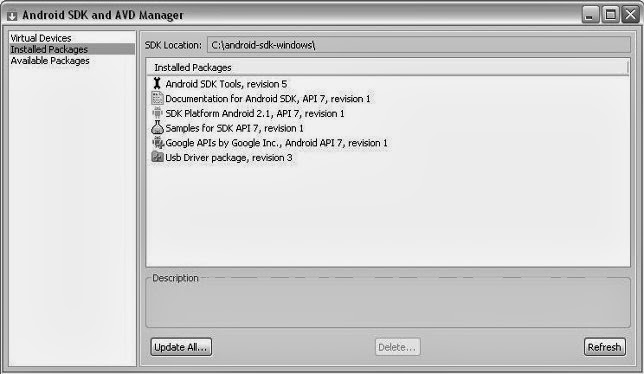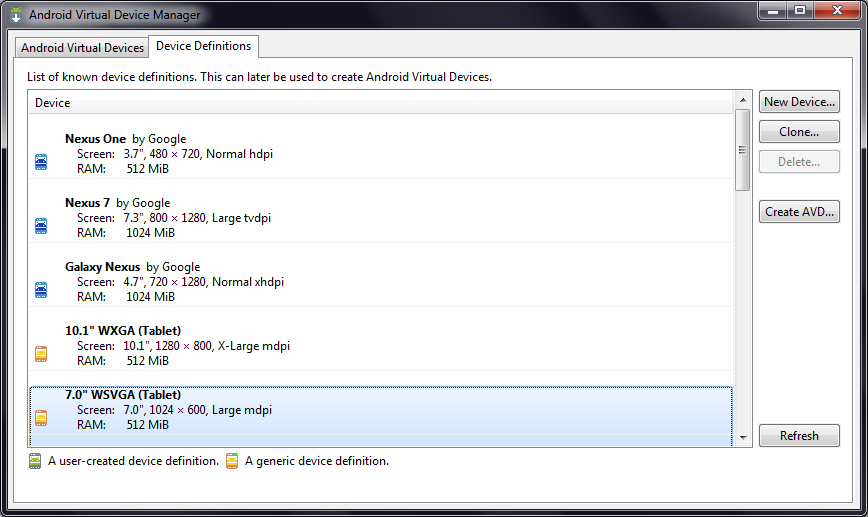

If you don't need Android Studio anymore, you can close out of it. Notice that when the emulator opens, it is treated as a separate application. When you're ready to run the emulator, click on the green triangle next to the device you want to run. You can add new virtual devices by clicking on the "Create Virtual Device" button at the bottom of the page and following the proceeding steps. When you open the AVD Manager for the first time, you will likely see one virtual device already set up for you. Then, navigate to "Tools" in the Android Studio menu and click on "AVD Manager." You should see in the "Status" column that the Android Emulator is installed. Make sure that the Android Emulator is installed by clicking on the "SDK Tools" tab.

You can find this by going to "Tools" in the Android Studio menu at the top of the screen and clicking on "SDK Manager." Once you download Android Studio, go to the SDK Manager. As of the time of this writing, I'm using Android Studio 4.1.1. It includes plugins, assists in installing Android SDKs, and helps you set up an Android emulator based on a variety of Android devices. This program provides an IDE to help you build Android applications. The first step is to download Android Studio here. Greetings, friends! Let's learn how to run an Android device emulator on our computer!


 0 kommentar(er)
0 kommentar(er)
